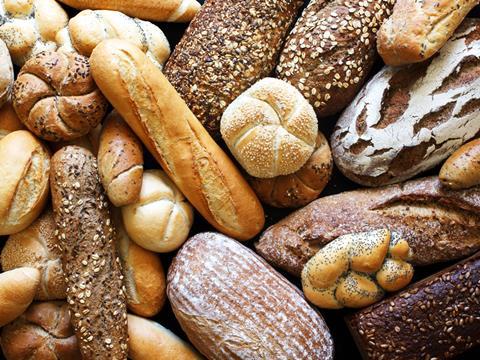
Bread matters. Yes, it’s lost relevance in recent years as the trend for low-carb diets and convenience foods gathers pace (today just 42% of Brits eat it daily, down from 52% two years ago), but it’s still the most widely bought foodstuff in Britain. So it’s a cultural and economic barometer.
That wrapped bread has returned to growth after four years of decline makes clear, if it weren’t already: clouds are looming large on the economic horizon. The growth is mostly inflationary, stemming from soaring wheat prices and a crippled pound following last June’s Brexit vote.
Granted, a 0.7% rise in bread prices [Kantar Worldpanel] alone hardly suggests the coming storm will be of the kind that sucks farmers into the air and deposits them hundreds of miles away. But hailstones the size of those dough balls you get at Pizza Express are a distinct possibility.
Here’s why: 96% of the population buys bread on a weekly basis (down from 99% in 2010), meaning that approximately 18.1 million families are now paying more for this key staple than they were a year ago. It’s another sign that disposable incomes are already getting squeezed.
Brexit vote
And Kantar’s 0.7% figure doesn’t tell the whole story. It covers the year ending 21 May, so it includes the period of deflation that preceded the Brexit vote. Today, a standard loaf of Warburtons costs 4p more than it did a year ago in the big four [Brand View]. Its price hasn’t fallen since November.
This pattern will continue across grocery. Supplies of wheat, a cornerstone for everything from meat to bread and increasingly biofuel, are being squeezed. An extra 4p on a loaf of Warbies is just the beginning.
To think UKIP claimed last year that food would be cheaper post-Brexit…



![XOXO-Product-Shot[ALL FLAVOUR]-Sky-1920x1080](https://dmrqkbkq8el9i.cloudfront.net/Pictures/274x183/4/9/2/355492_xoxoproductshotallflavoursky1920x1080_806584_crop.jpg)



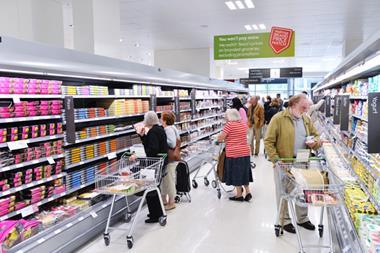
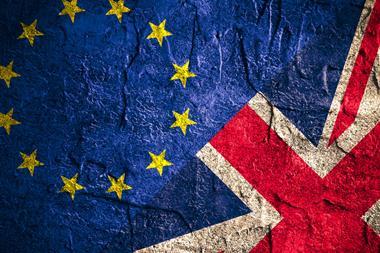
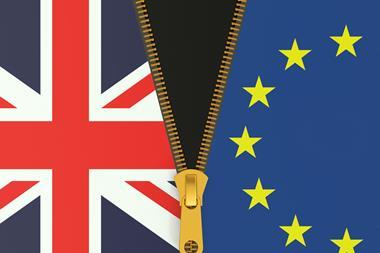

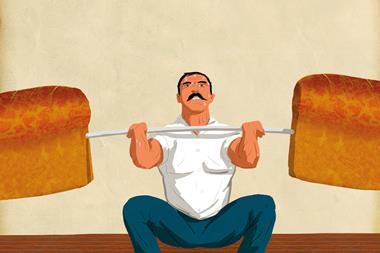
![XOXO-Product-Shot[ALL FLAVOUR]-Sky-1920x1080](https://dmrqkbkq8el9i.cloudfront.net/Pictures/380x253/4/9/2/355492_xoxoproductshotallflavoursky1920x1080_806584_crop.jpg)
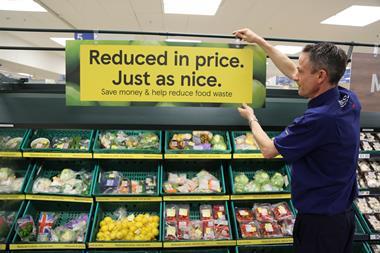

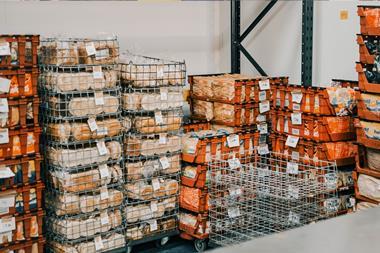



No comments yet